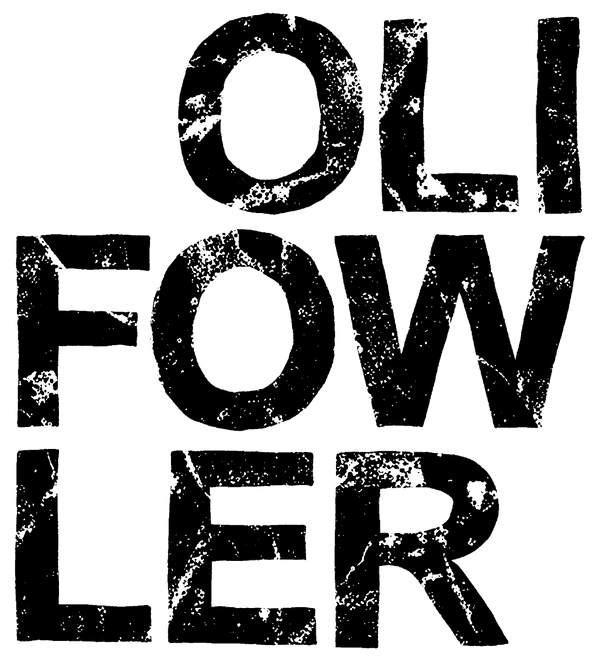
It's an Impression, Not a Digital Copy
Think about the difference between a vinyl record and an MP3. One is a physical groove, a tangible object that creates sound through friction and vibration. The other is a stream of data. Both give you the song, but the experience is worlds apart. That’s screen printing versus digital printing.
A digital (or Giclée) print is essentially a very high-quality photocopy. A machine sprays microscopic dots of ink onto paper to replicate an image from a computer. It can be incredibly accurate, but it's sterile. It's a perfect, flat reproduction.
A screen print is a physical impression. We create a stencil on a mesh screen, lay it on the paper, and then pull a layer of thick, vibrant ink across it with a squeegee. One colour at a time. Each layer has to be registered perfectly, each colour mixed by hand. The ink doesn’t just stain the paper; it sits on top of it, creating a texture and depth you can literally see and feel. It’s a physical, analogue process in a digital world.
The Glorious Imperfection of a Human Hand
Here’s the thing about automation: it eliminates error. Which also means it eliminates character.
When I’m printing an edition, I’m aiming for consistency, of course. But every single pull of the squeegee is slightly different. The pressure might vary by a fraction, the ink might sit a tiny bit thicker in one corner. These aren't mistakes; they’re the ghost in the machine. They're the subtle evidence that a person, not a robot, made this object.
It’s why every print in a limited edition is still a unique piece. They are all part of the same family, but they each have their own tiny personality. You don’t get that from a button press. You just get clones.
An Archive, Not Just a Decoration
This is a big one. The materials matter. When you buy a piece from Oli Fowler Art, you're getting something made with archival-quality, lightfast inks on heavy, acid-free paper. In simple terms: it’s built to last. It’s designed to be on a wall for decades without fading into a sad, washed-out version of its former self.
A lot of cheap, mass-market prints use dye-based inks and lower-grade paper that can start to fade or yellow if they catch a bit of sun. They’re designed for quick consumption, not for keeps. A hand-pulled screen print is a piece of art in its own right—an archival object you can pass down, not a disposable poster you’ll replace in a year.
So when you see that price difference between a screen print and a digital poster, this is what you're paying for. You’re not just buying an image. You’re buying craft, permanence, and the artist's direct involvement in the creation of the physical object you hang on your wall. It's an entirely different league.
Hopefully, that clears a few things up. It’s not about being snobby; it’s about appreciating the craft and knowing what you're truly bringing into your home. It's the difference between fast food and a meal cooked with passion.
Fancy seeing the real deal? Have a look at the textures and layers for yourself.
Browse the store at olifowler.com and see the difference a squeegee makes.
